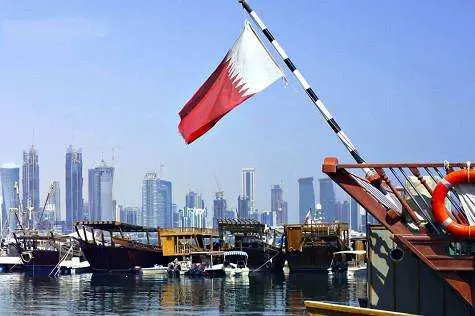The 18th South Asian Association for Regional Cooperation (SAARC) summit ended here Thursday with mixed results highlighting the challenges the bloc faces in its integration process.
A 31-point document titled the "Kathmandu Declaration" that touches on a wide range of issues including counterterrorism, the promotion of trade and investment, infrastructure development, youth employment, reduction of telecom tariffs, regional connectivity, social security for elderly people, literacy, and SAARC's transformation into the South Asian Economic Union by 2030 was agreed to by the leaders.
Nepali Prime Minister Sushil Koirala reiterated his call for stronger relations at the closing ceremony of the summit which is themed "Deeper Integration for Peace and Prosperity," insisting that his country will continue to work hard to implement crucial liberalization mechanism to increase engagement.
"Convergence of opinion is needed to provide tangible results. Nepal will put best efforts to get decisions at this summit sincerely implemented. I'm confident we will be able to bring tangible results to all members," he said.
Meanwhile, Koirala admitted at the closing ceremony that the achievements "stand short of expectations." This was in evidence at the summit with only one of the three agreements expected to be signed receiving approval.
Following signing of the energy cooperation framework, Koirala pledged to gather all transport ministers within three months to hash out the SAARC Railway Agreement and Motor Vehicle Agreement, but there is no timeline in place for implementation.
It was also unclear whether there was any progress on the South Asian Free Trade Area (SAFTA), which has essentially stalled over the past eight years.
Intra-regional trade in South Asia accounts for around five percent of global trade, a dismal picture in comparison to other contemporary economic blocs. Most of the eight members do much more trade outside of the region.
Experts insist that SAARC needs substantial investment in infrastructure to address the issue of physical connectivity. Asian Development Bank has estimated that South Asia needs an annual investment of 250 billion U.S. dollars over the next 10 years to bridge the investment gaps on infrastructures.
But there is a huge funding bottleneck. Only limited funding is available through multilateral financing institutions. The South Asian Development Fund (SADF) is not yet operational to be able to fund infrastructure projects.
Attempts to make the fund larger have so far been unsuccessful, leaving experts to suggest tapping the Asian Infrastructure Investment Bank (AIIB), backed by China. Five South Asian countries -- Bangladesh, Nepal, India, Pakistan and Sri Lanka -- are already signatories to the institution. They also advocate active participation in China's 21st Century Maritime Silk Road Initiative.
Pakistan and Nepal at the closing ceremony expressed interest in cooperating on mutually beneficial areas with all nine observers, including China and the United States.
A much anticipated meeting between Indian Prime Minister Narendra Modi and his Pakistani counterpart Nawaz Sharrif failed to appear, but the leaders retreat on Thursday morning was reported to have worked as an ice-breaker between them.
During the retreat in Dhulikhel, Indian Prime Minister Narendra Modi and Pakistani Prime Minister Nawaz Sharrif shook hands and talked briefly.
Pakistan will host the 19th SAARC summit in 2016.
Established in 1985 in Bangladesh, SAARC groups Afghanistan, Bangladesh, Bhutan, India, Maldives, Nepal, Pakistan and Sri Lanka. Afghanistan joined SAARC as its eighth member in 2007.
 简体中文
简体中文

